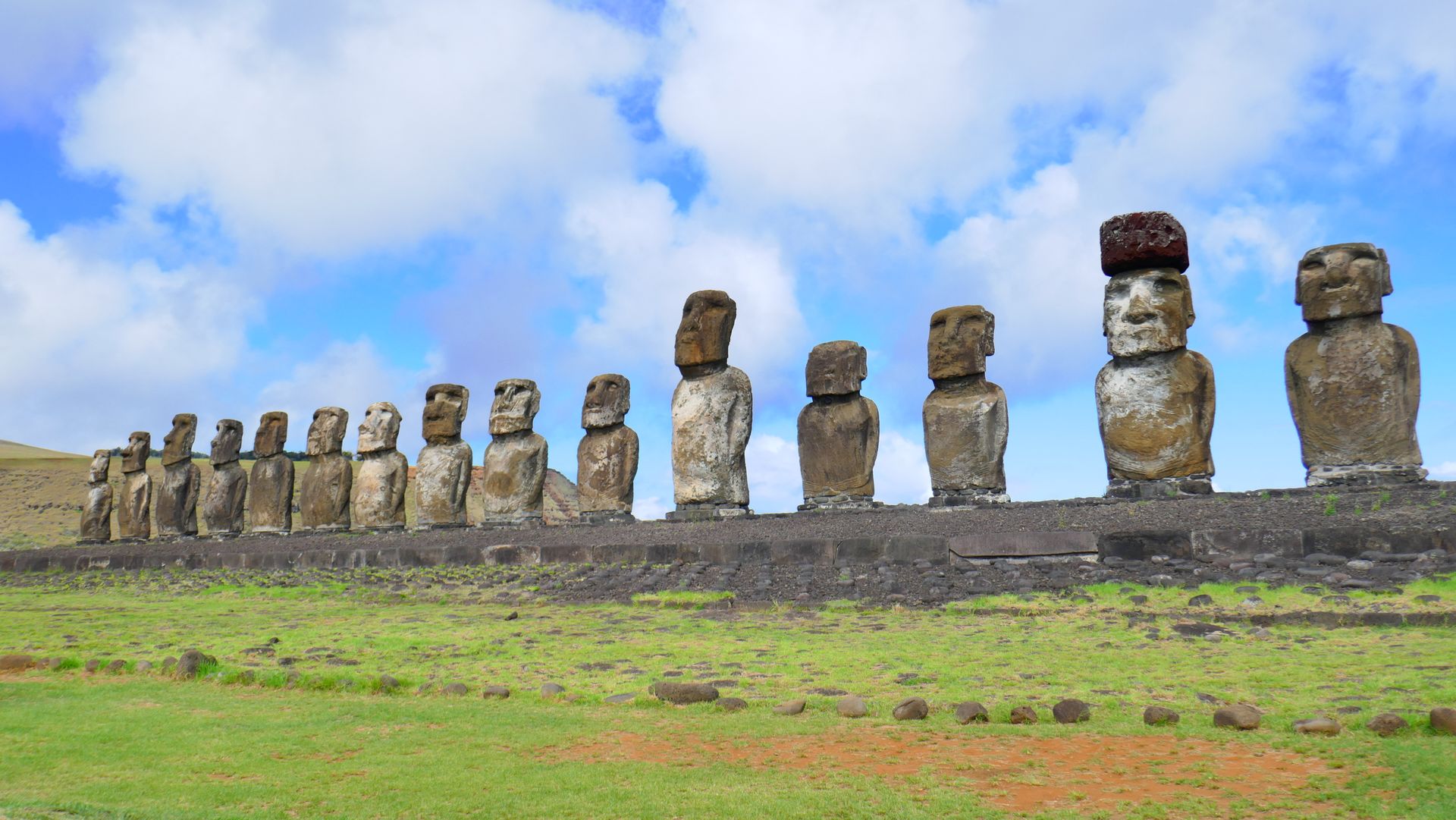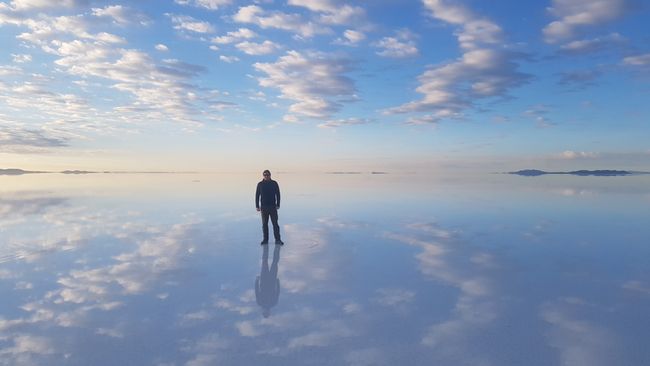Belize
Tshaj tawm: 04.08.2018
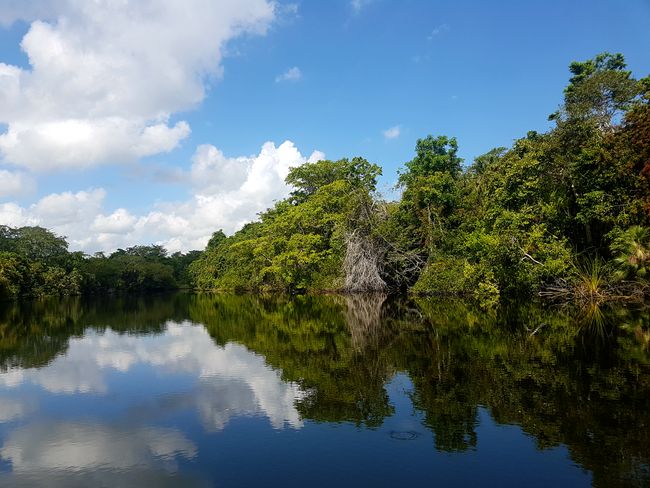
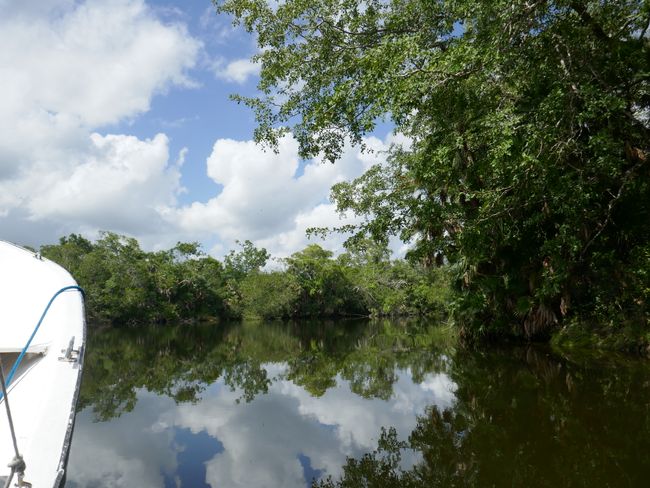
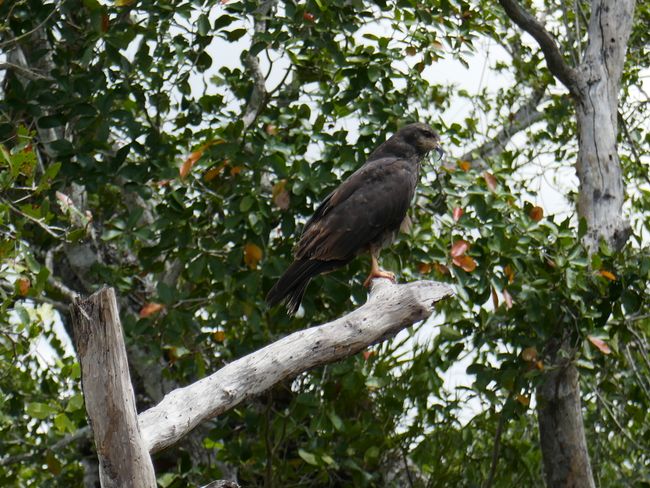
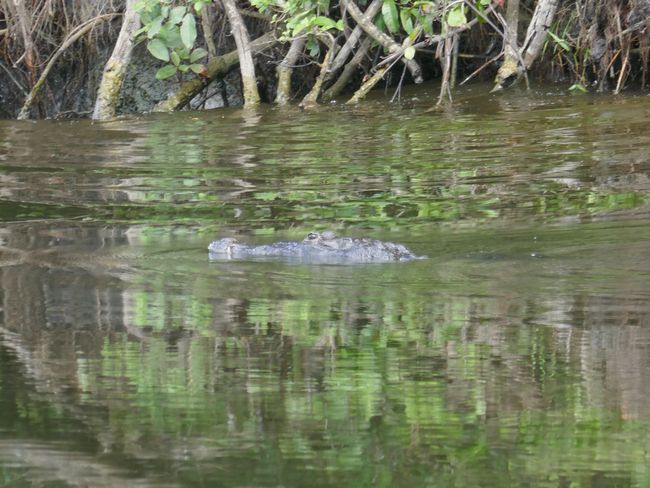
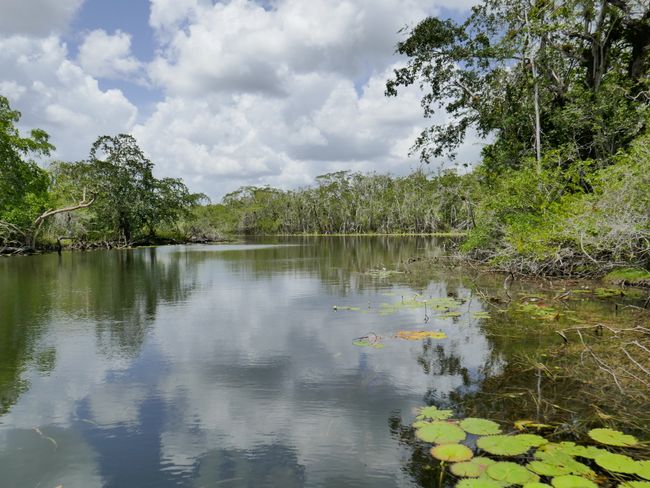
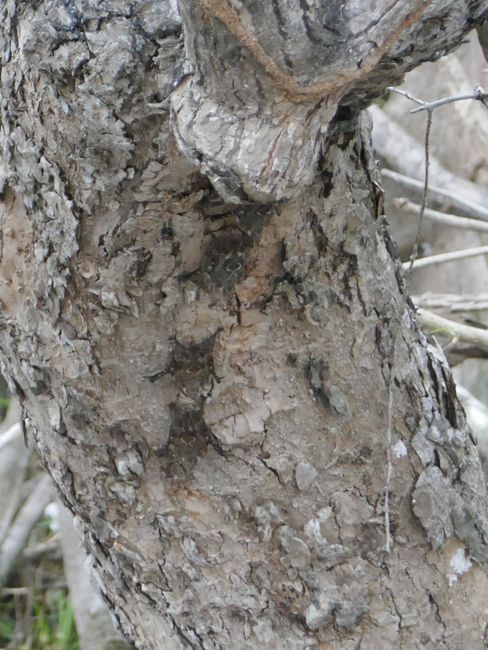
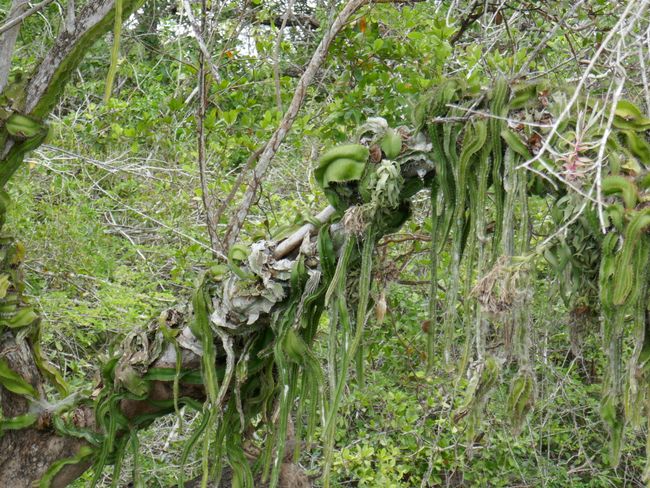
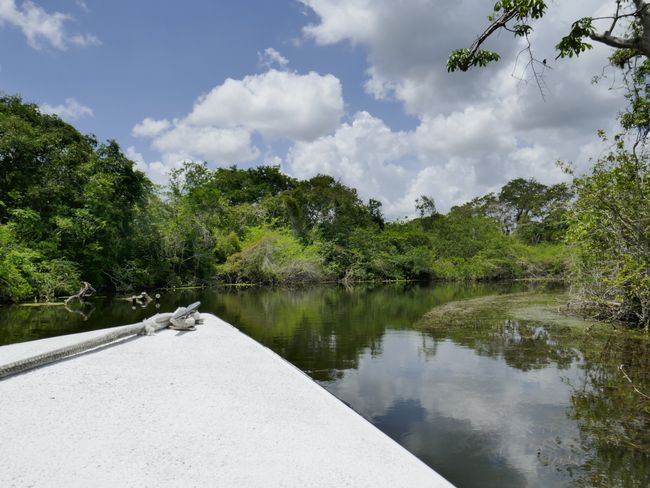
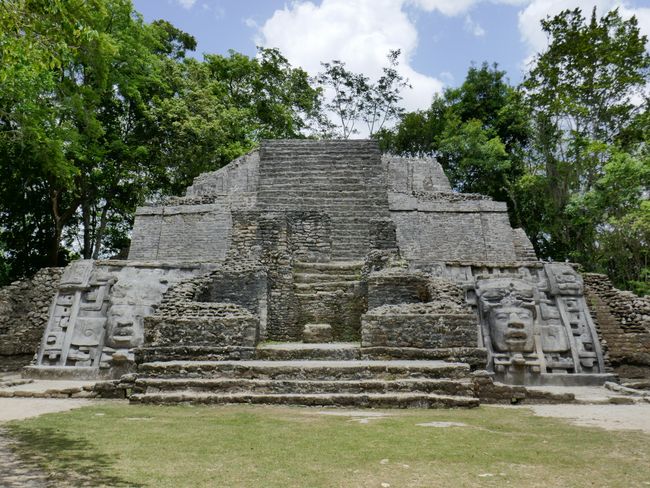
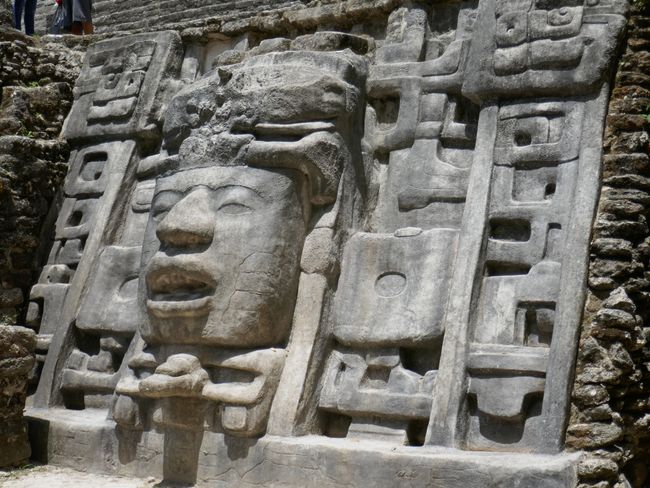
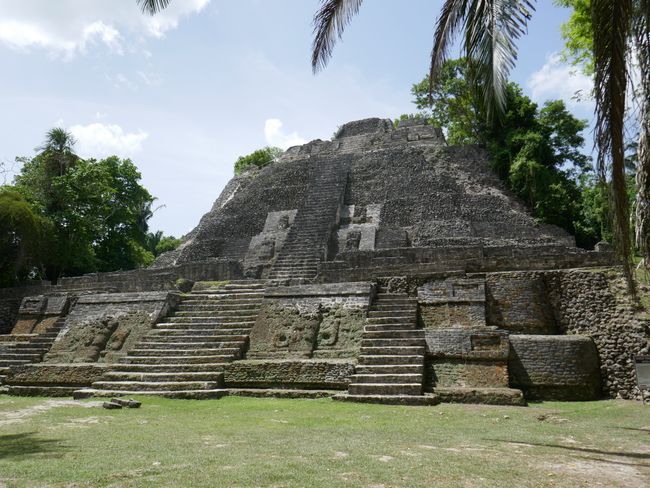
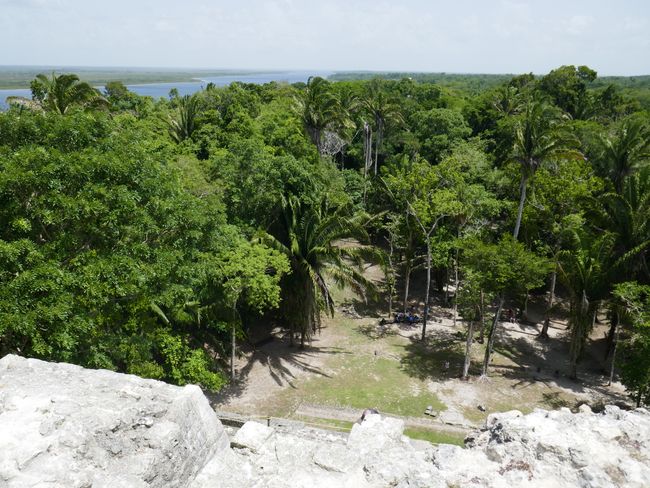
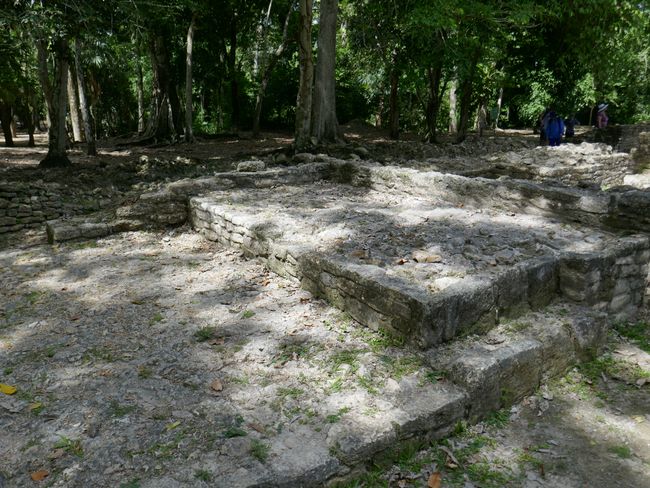
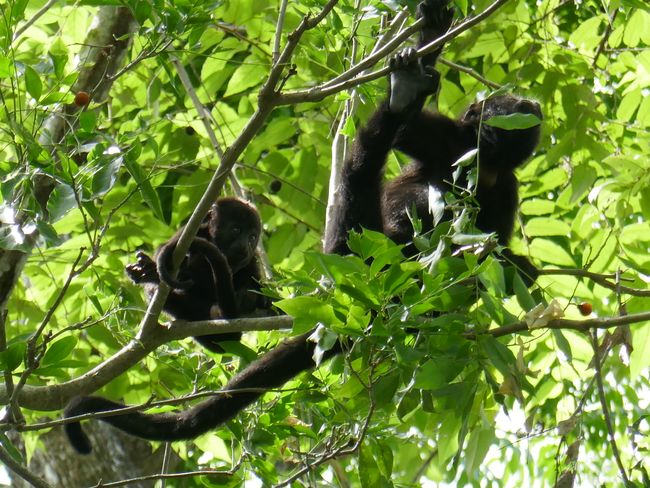
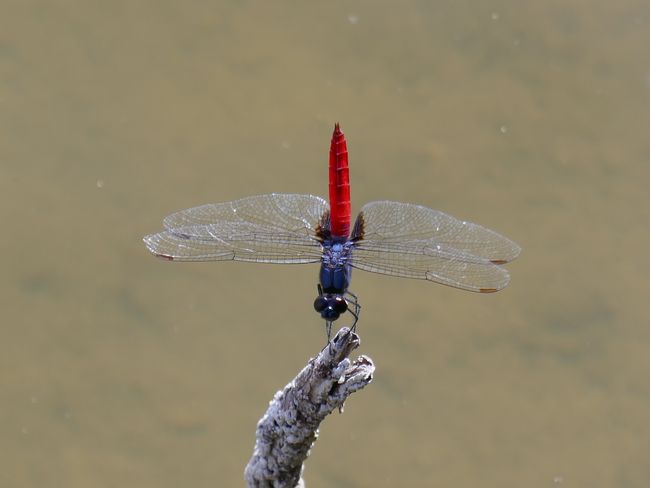
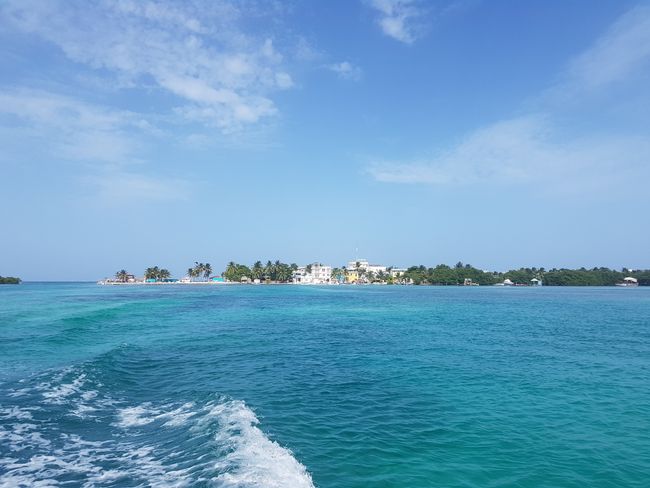
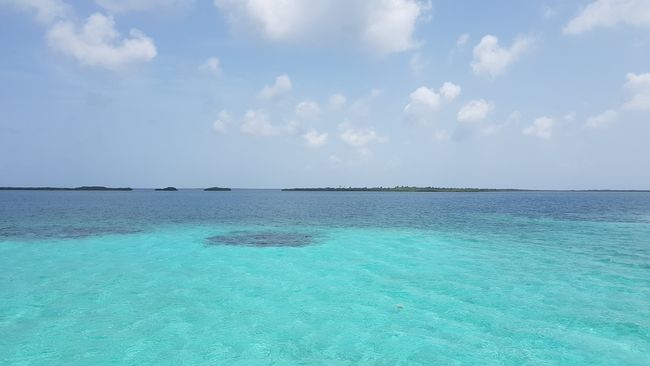
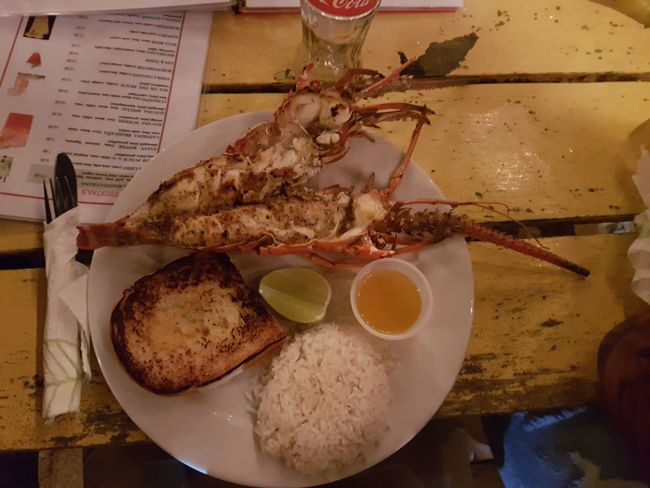
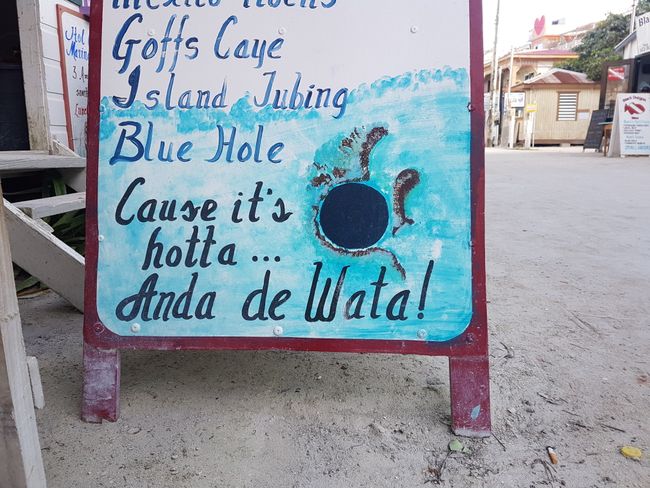
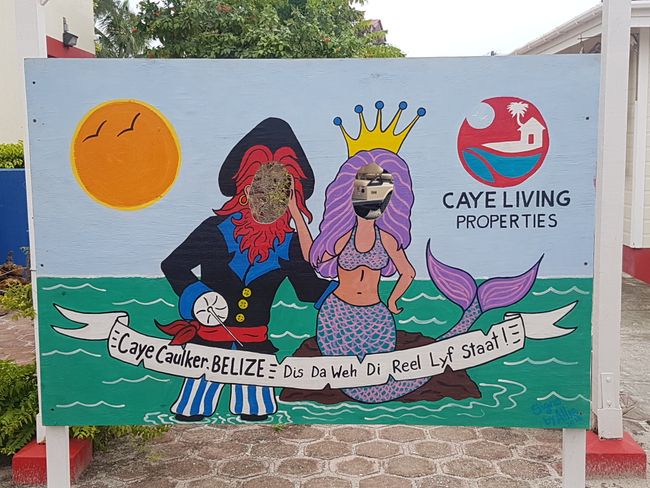
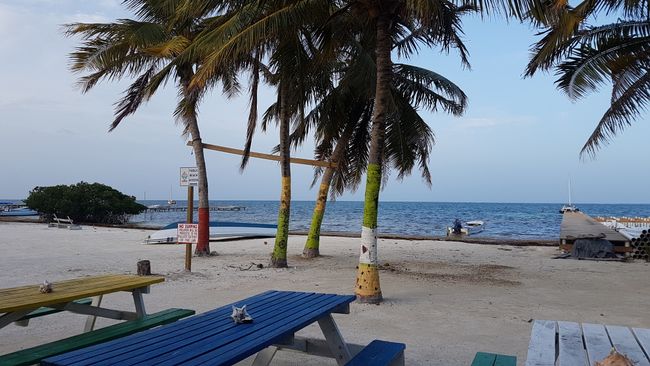
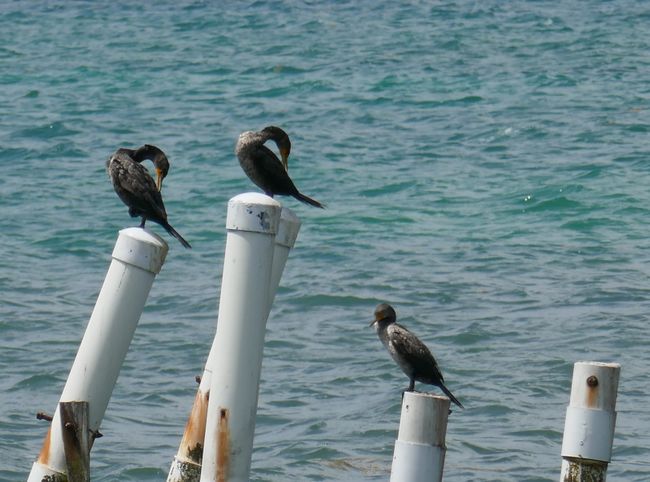
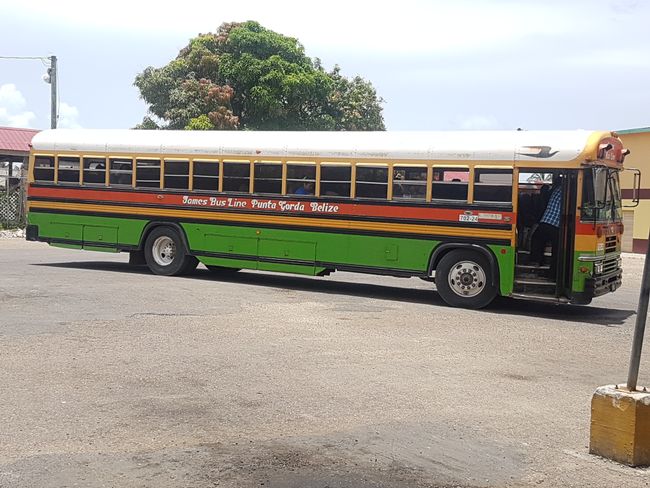
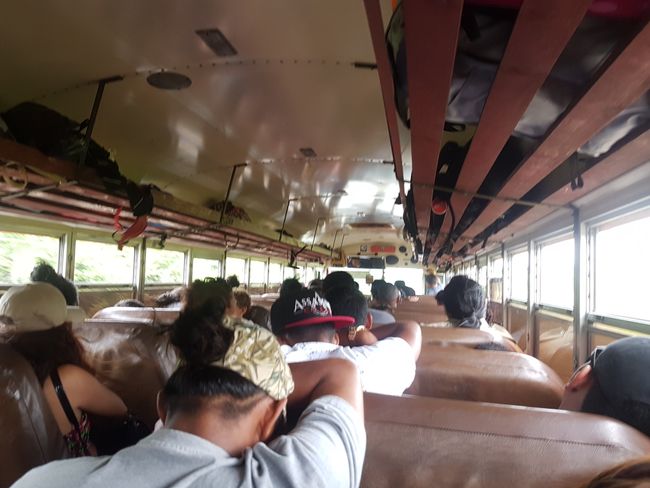
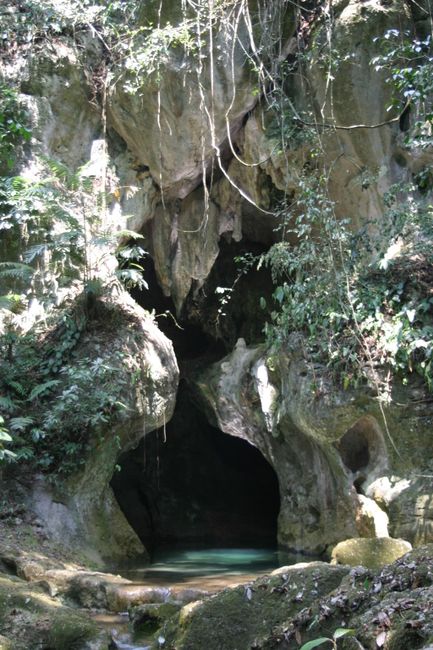
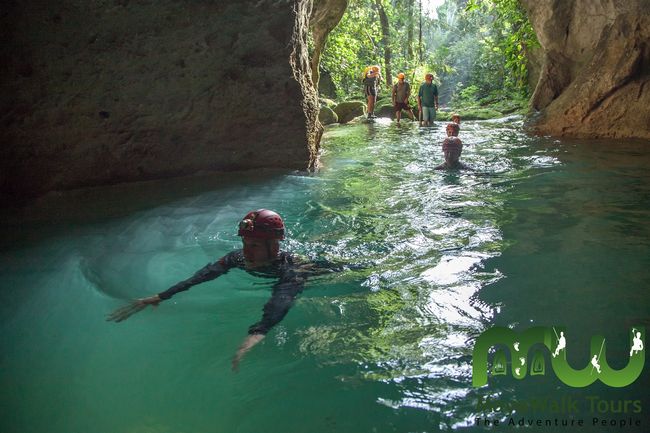
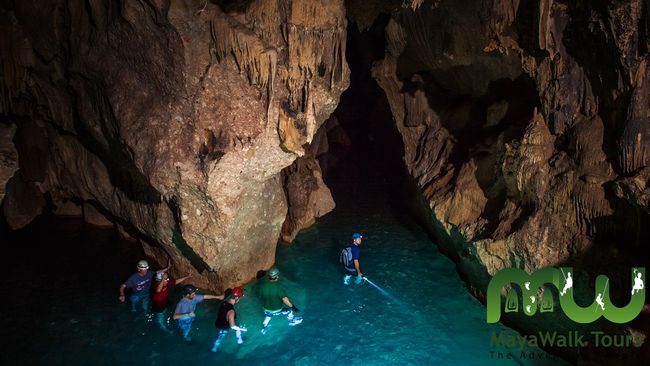
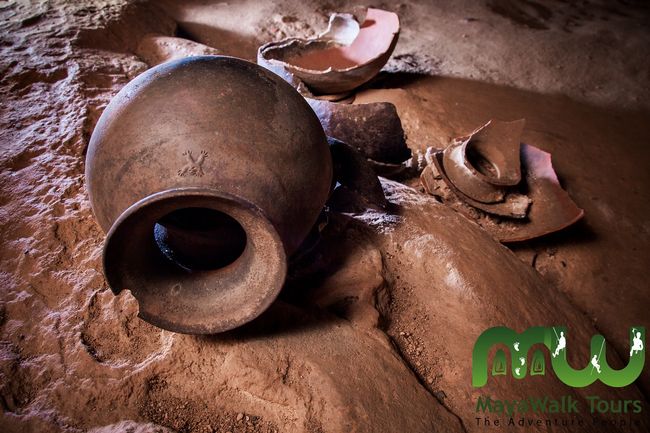
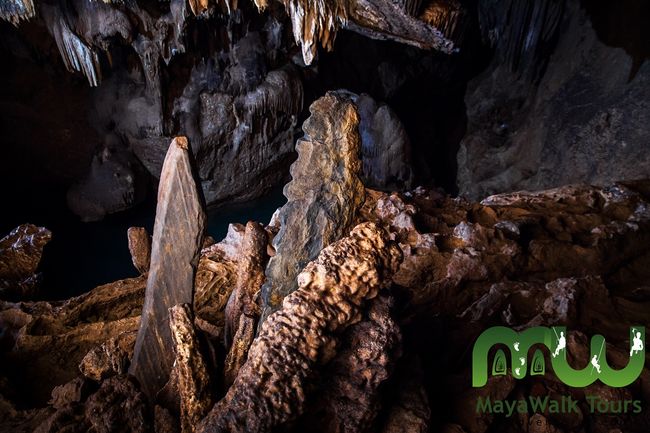
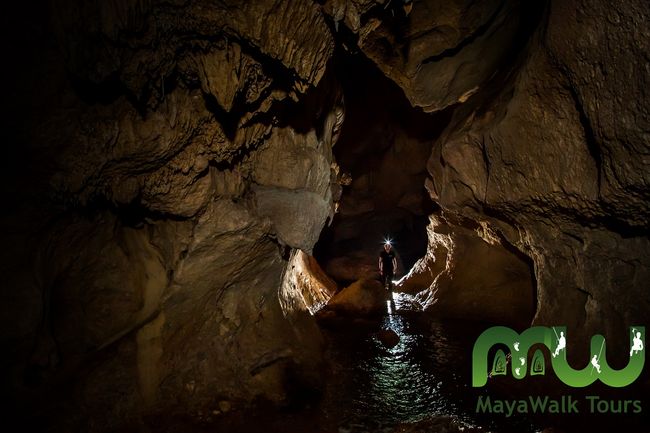
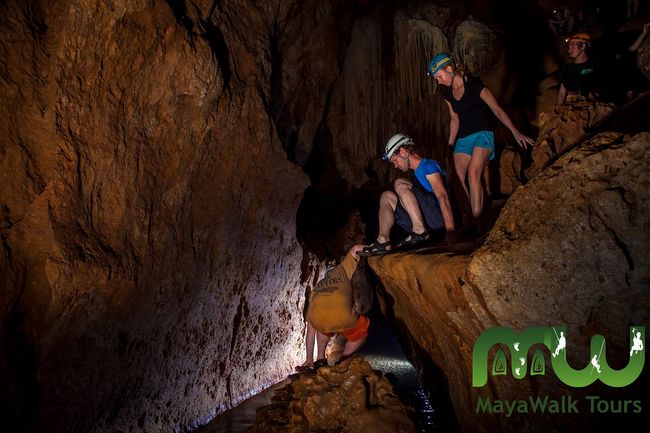
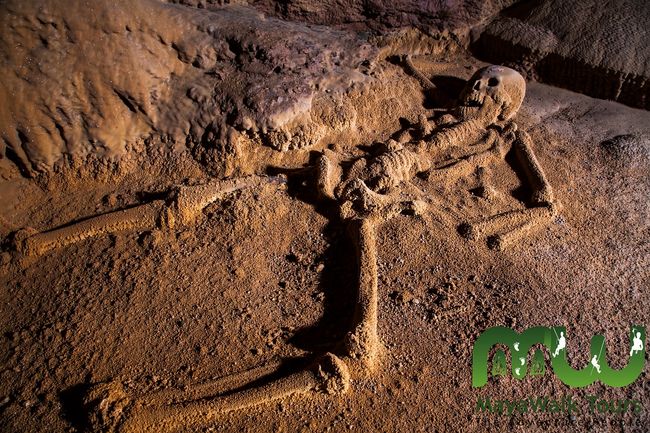
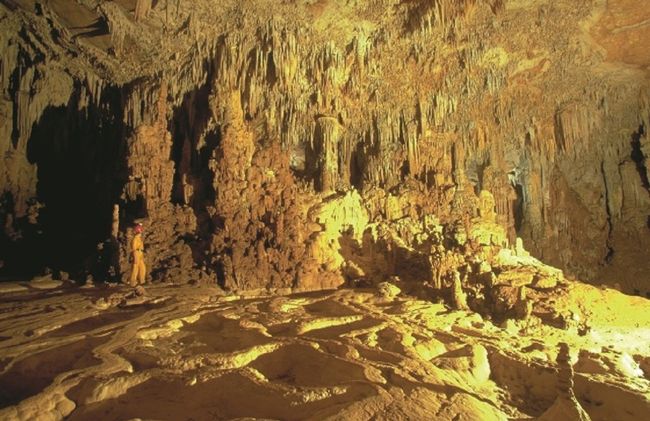
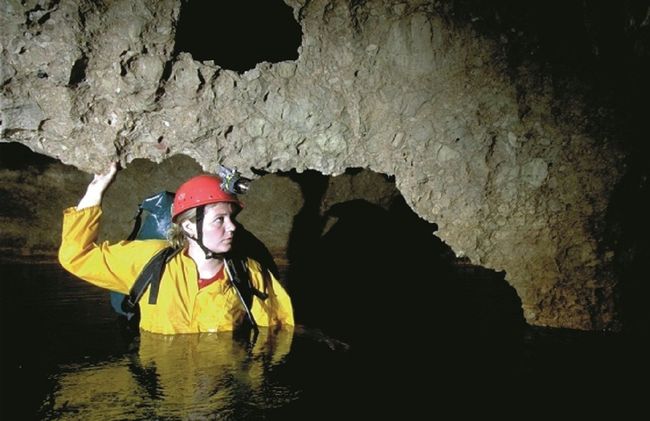
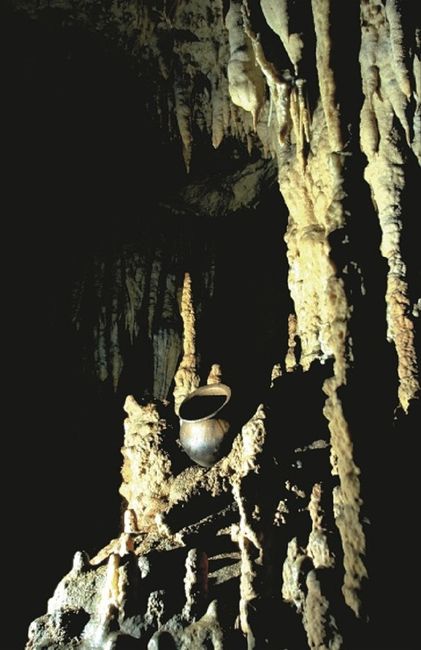
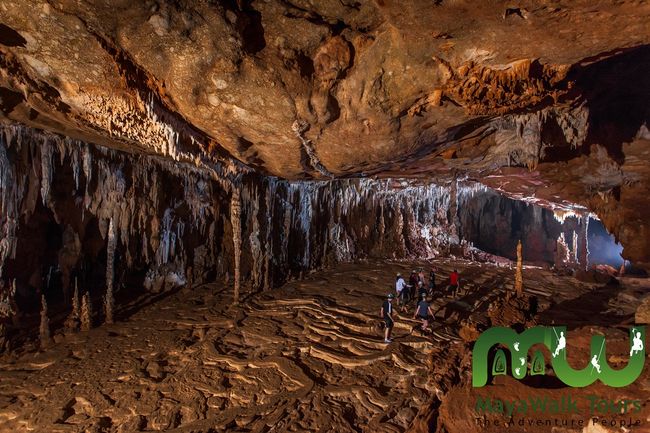
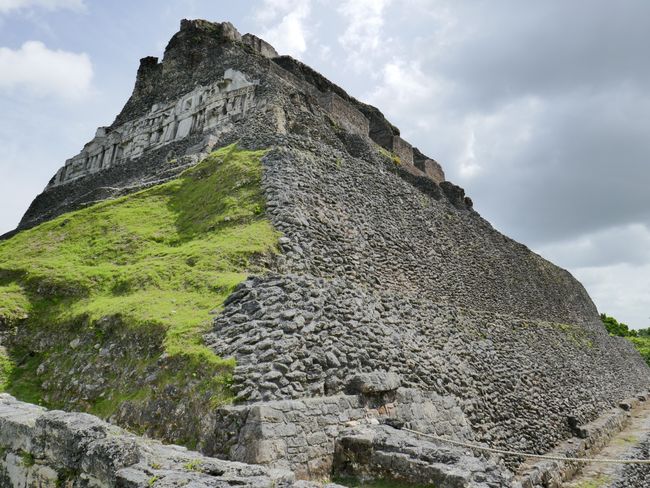
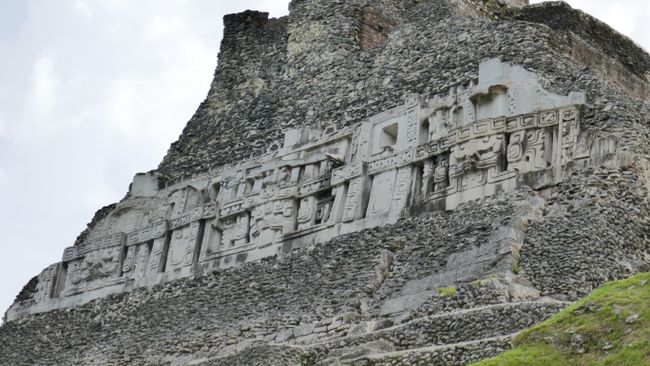
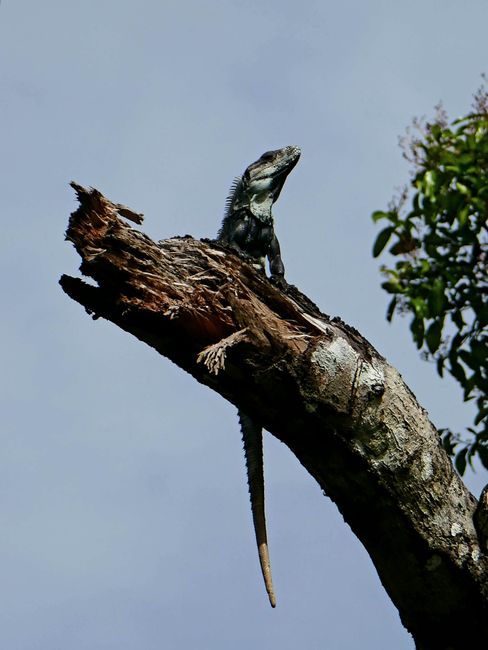
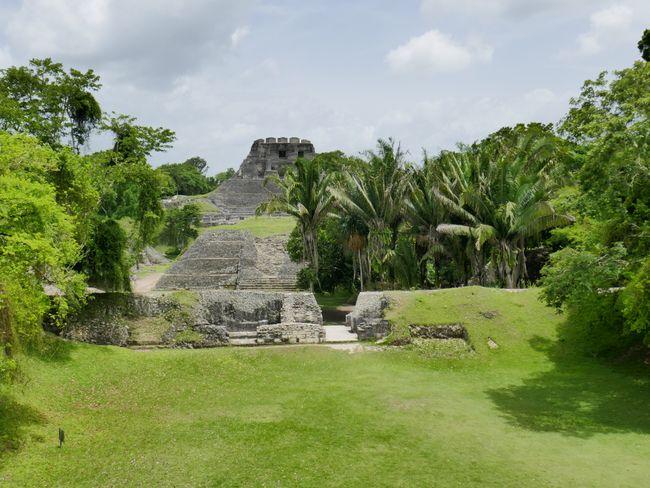
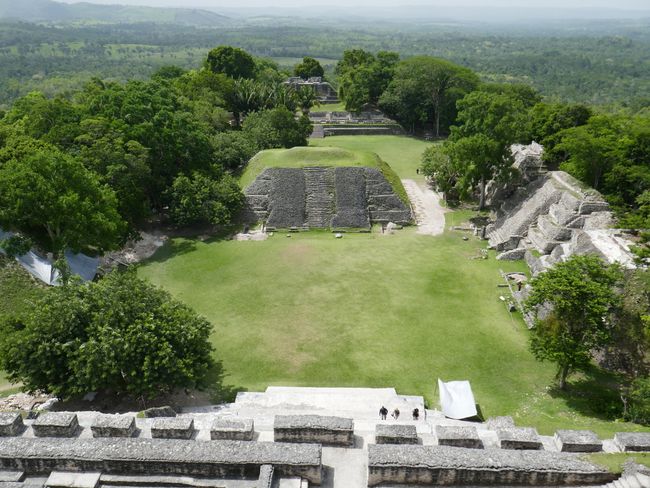
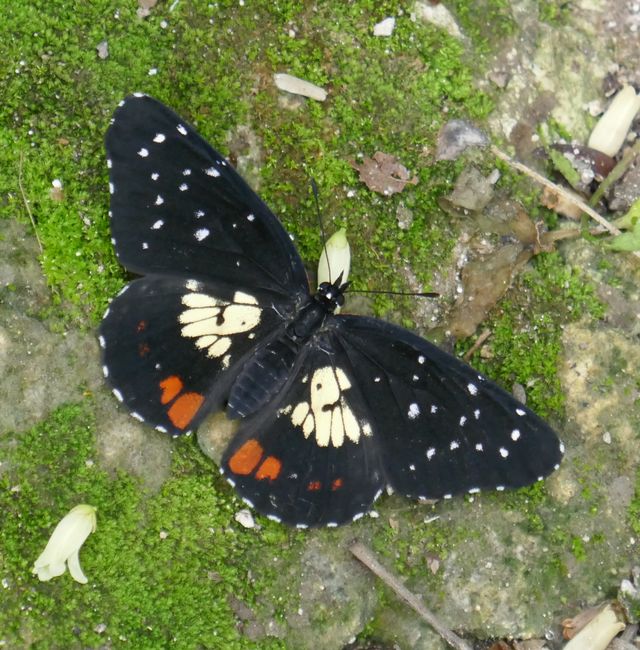
Sau npe yuav ntawv xov xwm
Lamanai - Caye Caulker - San Ignacio
After two and a half months, the day finally came when I could finally leave Mexico. In the south of the Yucatan Peninsula, I traveled from Chetumal, Mexico, to Orange Walk Town in Belize in two and a half hours. You don't come here necessarily for the city, but rather for the nearby Mayan ruins of Lamanai.
The border crossing went smoothly. The buses here are much older than those in Mexico. An old American tour bus from the 70s, at least with air conditioning, took me to the small town.
The residents of Belize are a colorful mix of Mayans, Garifunas (a mixture of former African slaves and Caribbean natives), Mestizos (a mixture of Europeans and locals), Chinese shop owners, and some expatriate Europeans or North Americans. The official language is English, although the local Mayan languages, Spanish, or a (fun and cheerful) English-based Creole are also often spoken. Although you can hear the English influence in the Creole, it is still difficult to understand.
Lamanai
The river trip the next day on the New River was fast-paced and super exciting. The river has carved its way through the jungle with numerous branches and curves. The guides knew exactly where to find the animals. We saw crocodiles, birds, bats on the trees, and snake cacti curling around entire trees.
After about an hour, you reach the ruins of Lamanai in the middle of the jungle. These are difficult to reach with means of transportation other than boats.
The ruins, although I have seen many by now, are unique. For example, the Temple of the Masks. Each new ruler of the city had their part built on top of the existing structures. Only the top three levels are visible, but the temple has a total of 6-7 levels, some of which are partially underground.
From the great pyramid, you have a perfect panoramic view of the jungle, and at the Temple of the Jaguars, the archaeologists claim to have found the king's sleeping place.
The next day, I continued towards Belize City to take the water taxi to Caye Caulker. This was my first time traveling on a proper, so-called Chicken Bus. An old American school bus with simple benches, no air conditioning, usually overcrowded, and stops at every corner where someone wants to get on or off. And it's almost free.
In Belize City, the largest city in the country with 70,000 inhabitants, there is not much to do or see, which is why I went directly from the bus terminal to the ferry terminal.
Caye Caulker - go slow!
Caye Caulker is pure Caribbean feeling, just as you would imagine. The motto of the island is "go slow," and that's exactly how it is. There are no cars on the unpaved streets, only golf carts or bicycles. Although it is touristy, luckily there are no big hotels, so mass tourism has not yet arrived. In the evening, there is a bar that stays open until midnight, where the entire island comes together. After that, you can still go to the reggae bar until 1 am, but then it's definitely time for night rest.
For food, there is a lot of fresh fish and especially lobster without end. You definitely shouldn't miss out on that.
There is not much to do here other than lying on the beach and sitting at the beach bar.
And of course, diving. Here, I made my first dives after obtaining my license. Unfortunately, I didn't have an underwater camera, so I don't have any pictures of it. But the nurse sharks, the green moray eel, the barracudas, the turtles, the lobsters, and the countless colorful smaller fish are incredibly fascinating. And of course, the turquoise, clear water around the islands and the reef invite you to swim between the dives.
But since beach vacation is not really my thing in the long run, on the third day, I took the water taxi back to Belize and went to San Ignacio with the Chicken Bus.
San Ignacio
Originally, this stop near the Guatemalan border was not part of the plan. But after multiple recommendations from other travelers who came from the opposite direction (south to north), I decided to stay here for a few days. And it was worth it. Not primarily because of the Xunantunich ruins, which were interesting to see, but especially because of the Actun Tunichil Muknal caves (ATM). The tour, costing $85 dollars, was by far the most expensive one I have booked on my trip so far, but Belize is much more expensive than Mexico. Equipped with a helmet, headlamp, swimsuit, and water shoes, you climb, swim, or walk with the guide to the end of the cave and back. Sometimes you just barely fit your head above water to squeeze between the rocks. The place used to be a pilgrimage site for the Mayas, where they held ceremonies, probably to appease the rain gods. Many pots were found here, as well as several human skeletons, probably of family members of the tribal leaders who were sacrificed here.
Unfortunately, no photos are allowed, as some tourists have damaged or destroyed artifacts while taking pictures, and the authorities have therefore banned all electronic devices in the cave. But the organizer sends photos by email to the participants, taken with permission by a photographer.
And with that, I leave Belize behind after eight days and continue to Guatemala. The first stop is Flores, near the Tikal Mayan ruins.
Sau npe yuav ntawv xov xwm
Teb
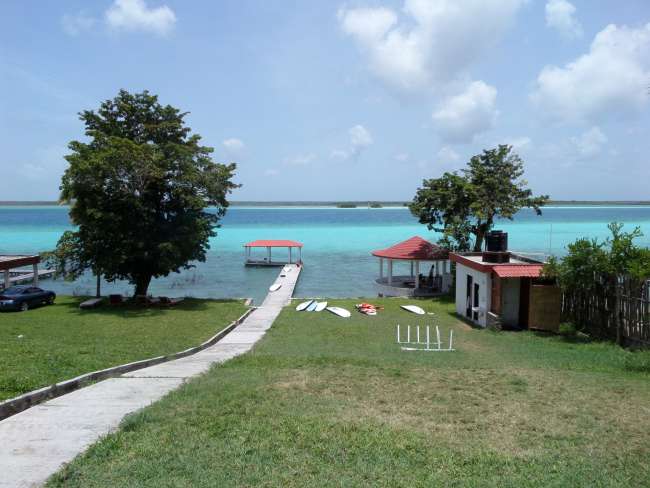
Daim ntawv qhia txog kev mus ncig Belize
